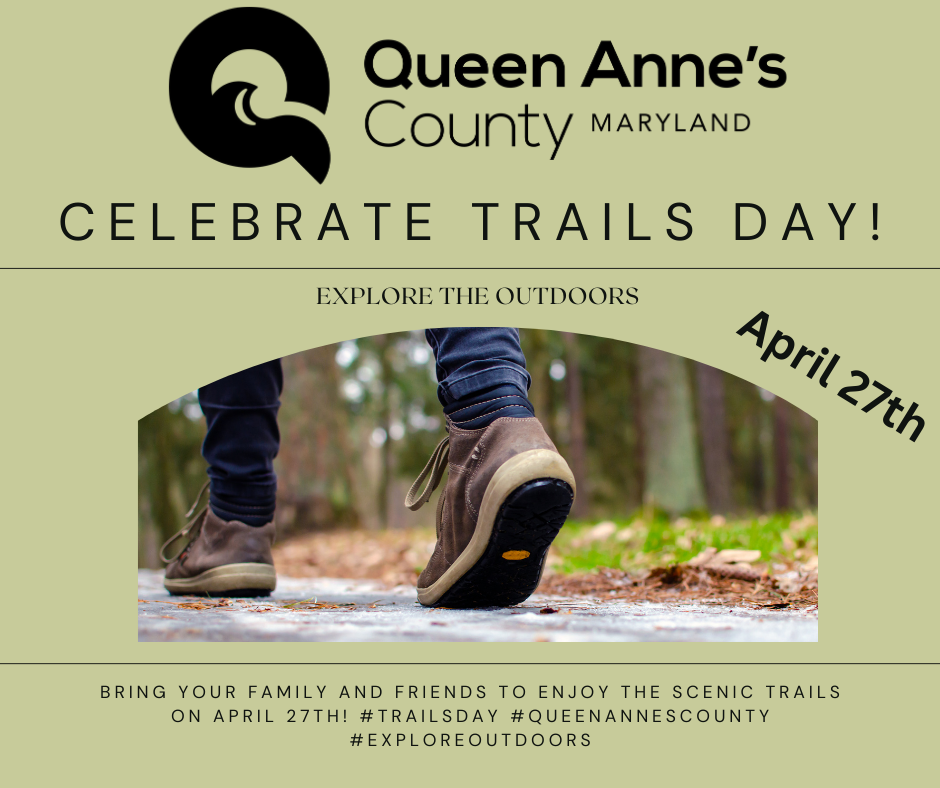
Residents and visitors are encouraged to take part in Celebrate Trails Day by exploring their favorite trails.
Queen Anne’s County is gearing up for Celebrate Trails Day on April 27. This event highlights the natural beauty and recreational opportunities offered by the county’s extensive trail network.
Trails are an integral part of Queen Anne’s County’s landscape, providing residents and visitors alike with opportunities for outdoor exploration, exercise, and relaxation. From winding woodland paths to scenic waterfront trails, the county’s diverse landscapes offer something for everyone to enjoy.
Celebrate Trails Day is a time for the community to come together and celebrate the importance of trails in promoting physical and mental well-being, fostering a sense of community, and preserving natural spaces for future generations. It also serves as a reminder of the need to protect and maintain these valuable assets.
Residents and visitors are encouraged to take part in Celebrate Trails Day by exploring their favorite trails. It’s a chance to connect with nature, appreciate the beauty of the outdoors, and support environmental stewardship efforts in Queen Anne’s County.
Some trails we would like to highlight:
- Blue Heron Nature Preserve: Located off Route 8 near the Blue Heron Golf Course, this 300-acre nature preserve offers many miles of natural surface hiking and equestrian trails.
- Kent Island South Trail: This 6-mile hiker/ biker trail extends from Matapeake Park to Romancoke along Route 8.
- Terrapin Nature Preserve: This 276-acre nature park features a 3.25-mile oyster chaff walking trail that connects to the Cross Island Trail.
- Cross Island Trail: This trail is 6.5 miles long and extends from Terrapin Nature Preserve to Kent Narrows at the Chesapeake Heritage and Visitor Center.
- Cross County Connector Trail: This trail connects the Cross Island Trail expanding the system around 1.2 miles to Long Point Park.
- Conquest Nature Preserve: Over 750-acre farm features shorelines on both the Chester and Corsica rivers and is located a few miles north of Centreville. This preserve features miles of natural trails that are perfect for biking or bird watching.
“We are excited to Celebrate Trails Day and showcase the incredible trails that Queen Anne’s County has to offer,” said Steve Chandlee, Director of Parks and Recreation. “These trails play a vital role in promoting health, wellness, and community engagement, and we encourage everyone to get out and enjoy them on April 27th.”
Join us in celebrating Trail Days on April 27th and discover the natural wonders of Queen Anne’s County’s trails. For more information about our parks and trails, visit www.qac.org or follow us on social media @QACParksNRec.


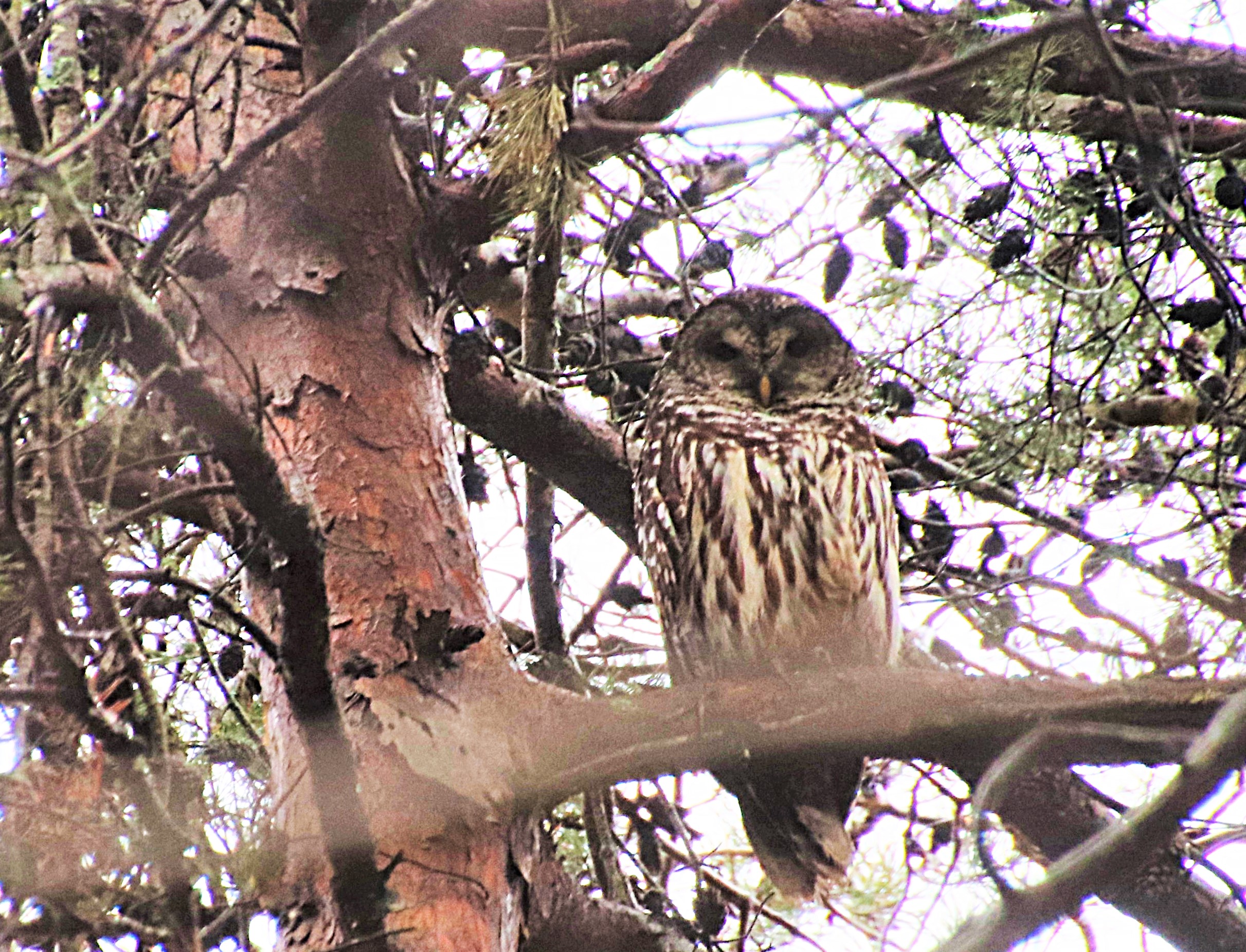
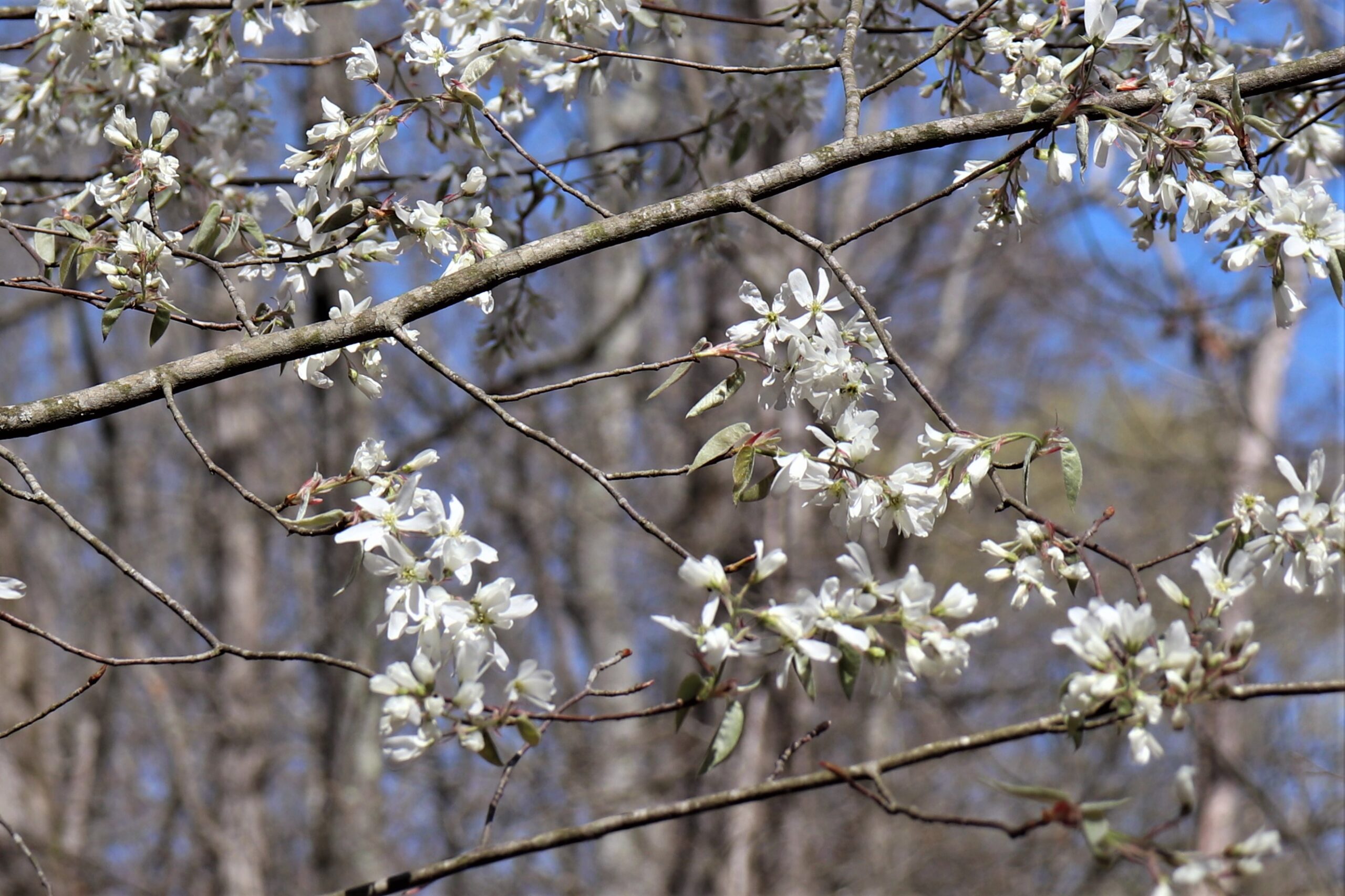
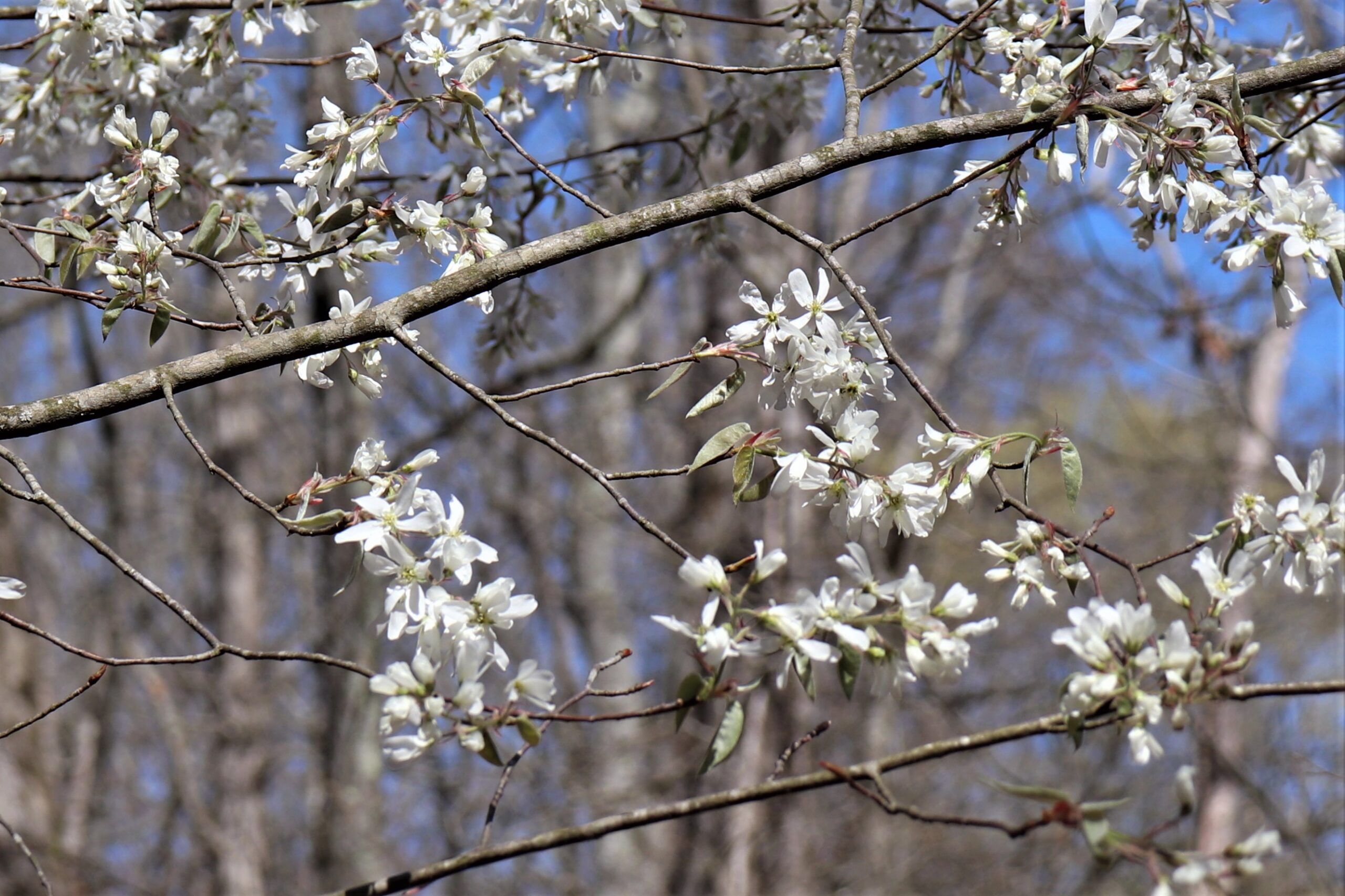
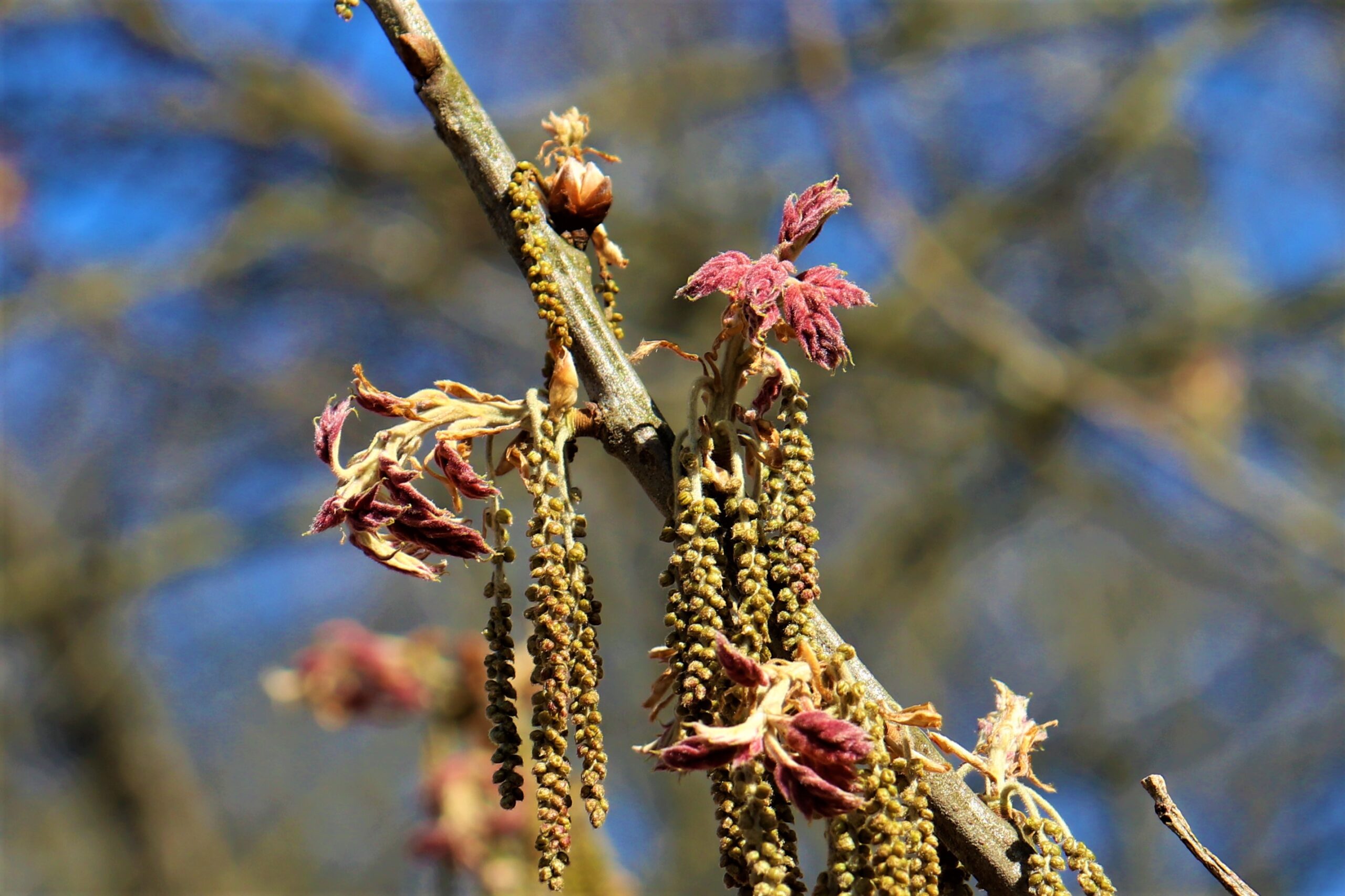

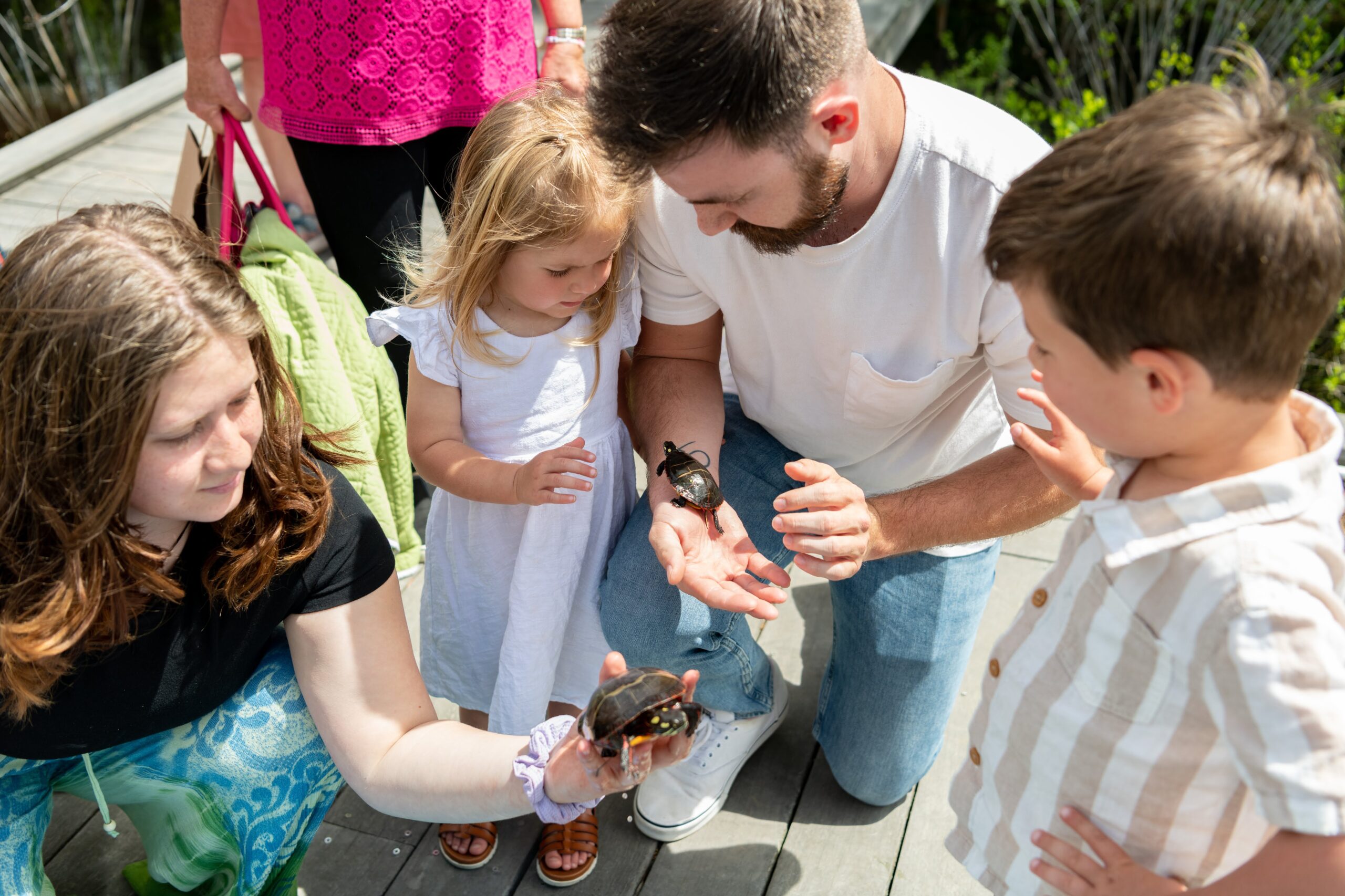

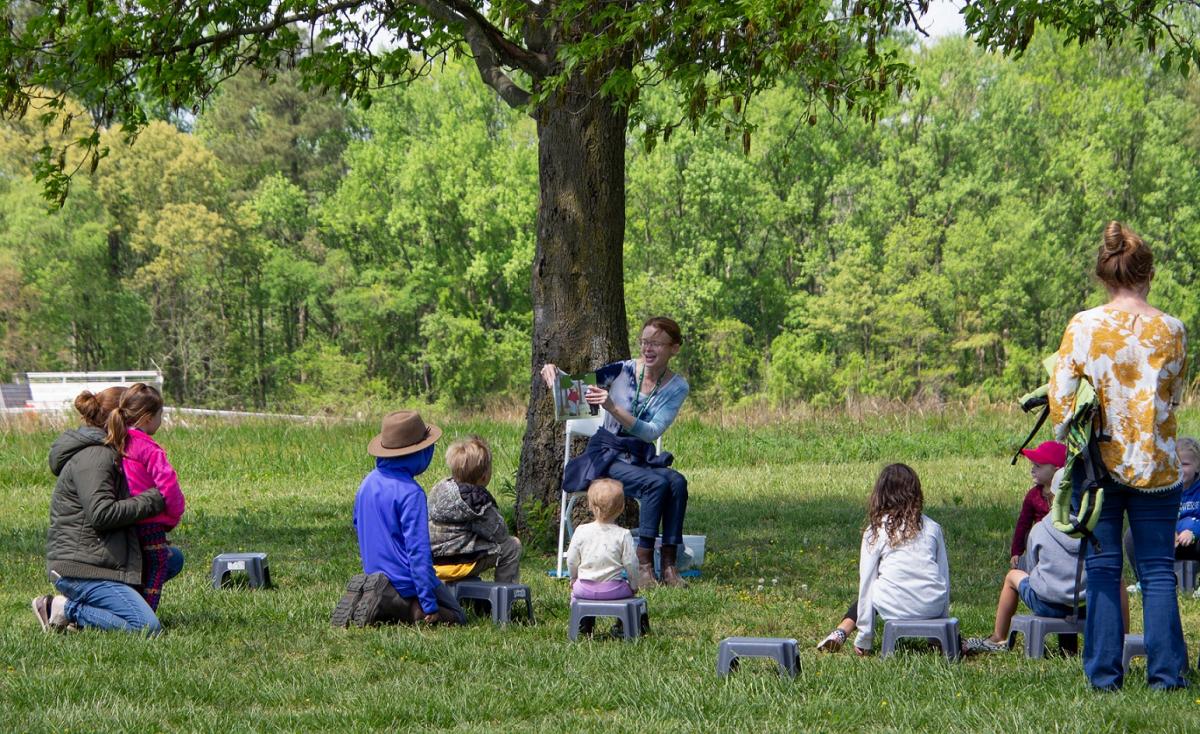

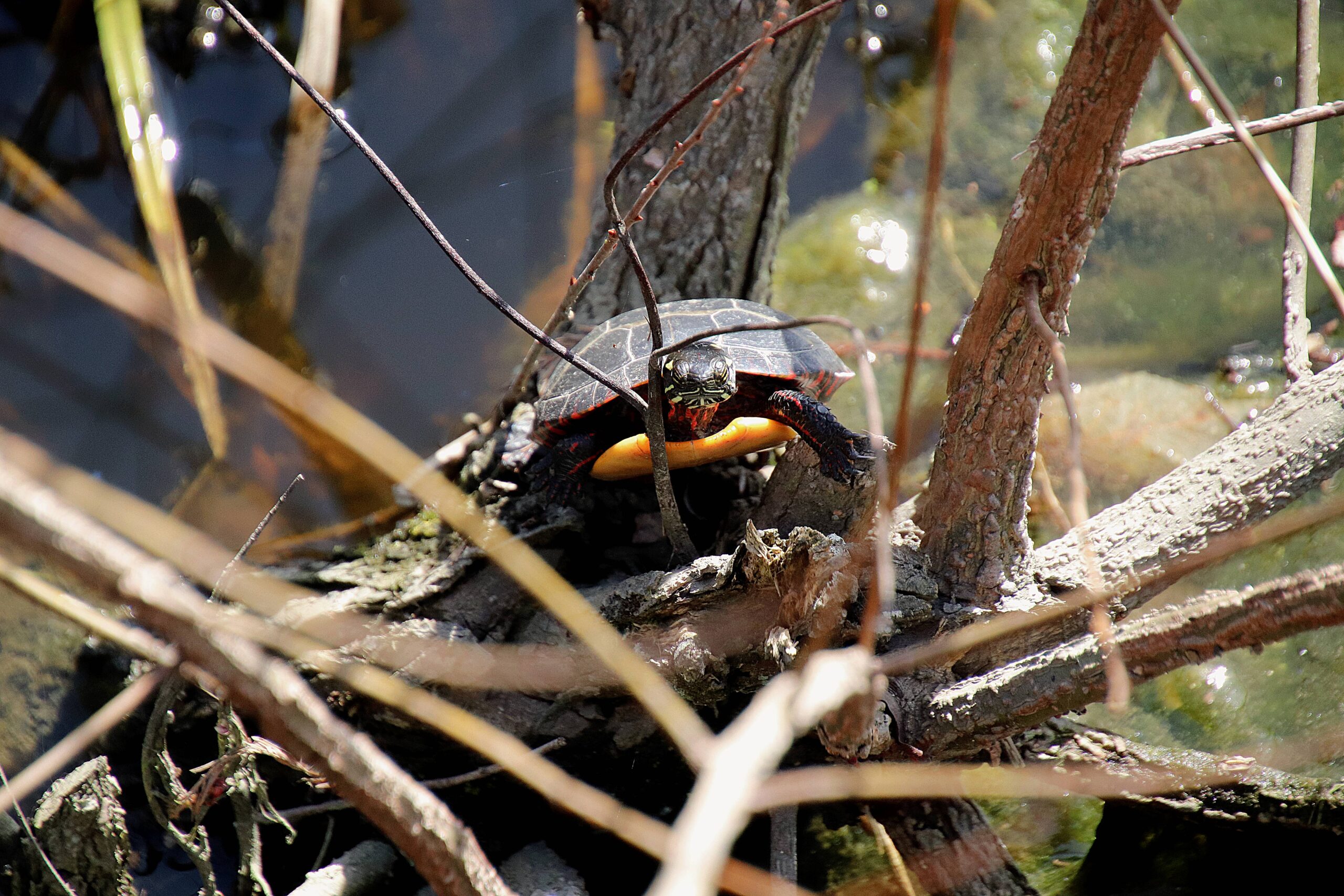
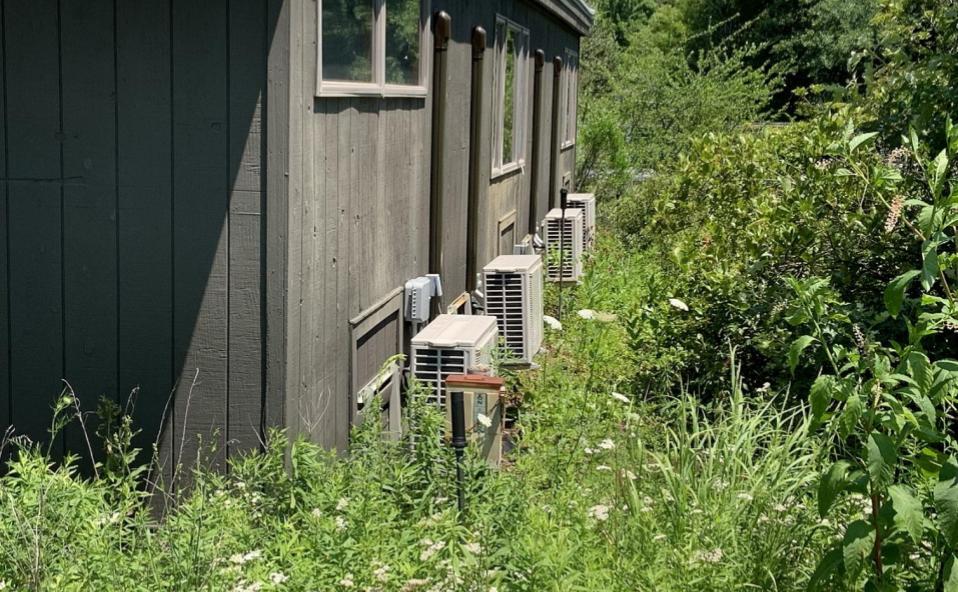
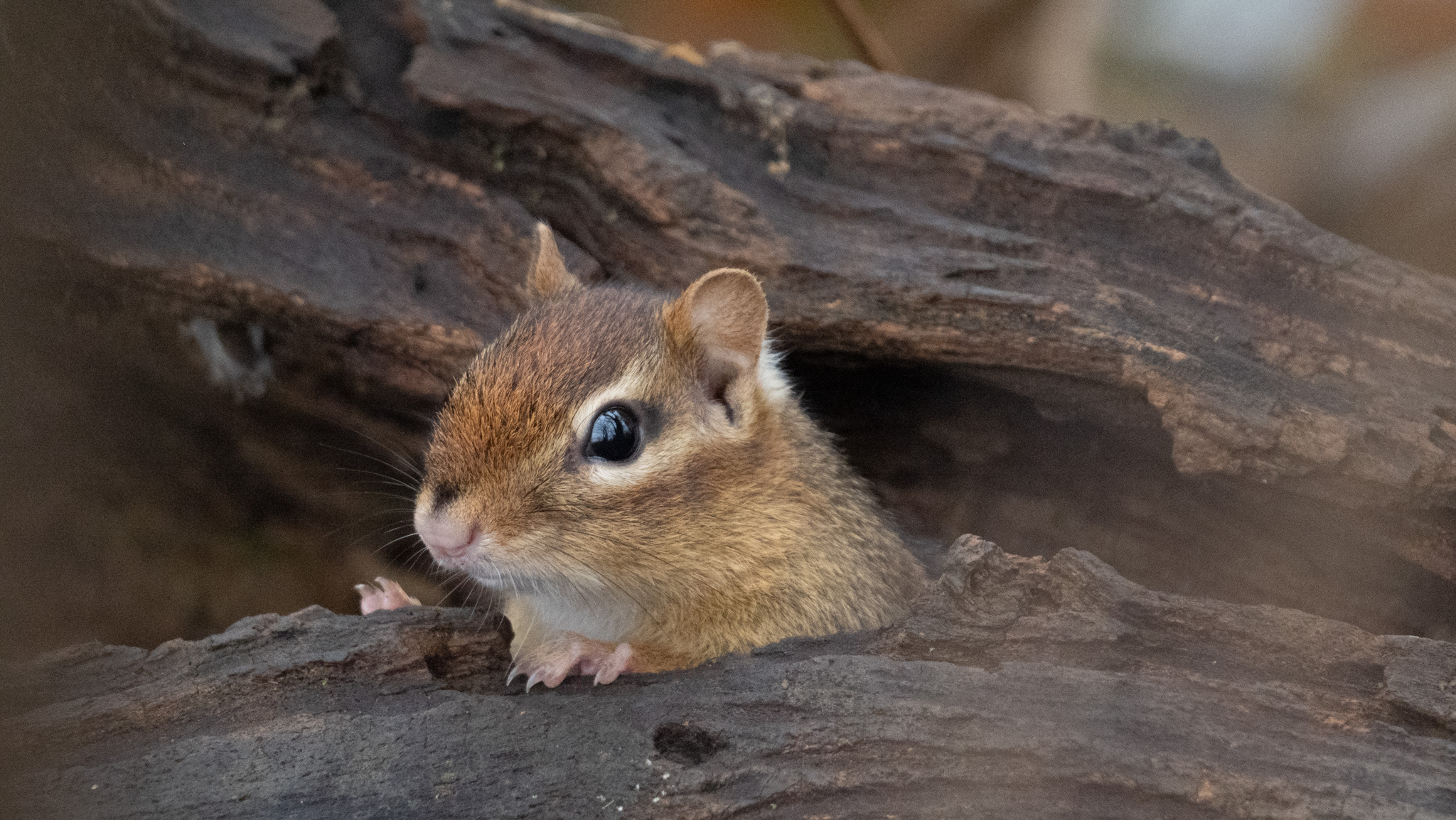 On Thurs., April 4 at 1 p.m., Adkins Arboretum will launch The Diversity Around Us, a series of free talks and walks offered in partnership with the Maryland Biodiversity Project. Jim Brighton, co-founder of the Maryland Biodiversity Project, will introduce the series and provide insight into his project’s efforts to catalog Maryland’s living things and build a vibrant nature study community. Understanding biodiversity is the first step toward conserving wild species, habitats and a healthy ecosystem.
On Thurs., April 4 at 1 p.m., Adkins Arboretum will launch The Diversity Around Us, a series of free talks and walks offered in partnership with the Maryland Biodiversity Project. Jim Brighton, co-founder of the Maryland Biodiversity Project, will introduce the series and provide insight into his project’s efforts to catalog Maryland’s living things and build a vibrant nature study community. Understanding biodiversity is the first step toward conserving wild species, habitats and a healthy ecosystem.
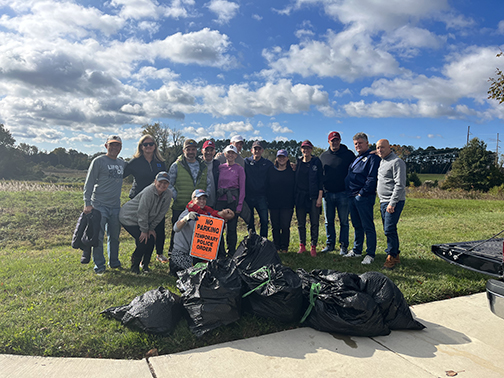
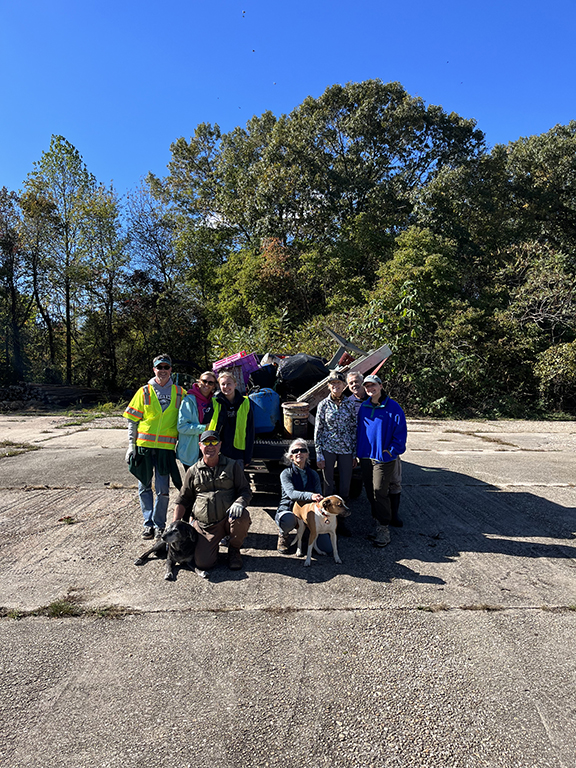 Join us on select dates in April to clear trash from our roads, parks, and rivers! ShoreRivers and volunteers are once again hosting community trash clean-ups as part of Project Clean Stream, a Bay-wide trash clean-up effort organized by the Alliance for the Chesapeake Bay and coordinated by local groups like ShoreRivers. Project Clean Stream is an opportunity for citizens across the entire watershed to work together to clean our shared water resource.
Join us on select dates in April to clear trash from our roads, parks, and rivers! ShoreRivers and volunteers are once again hosting community trash clean-ups as part of Project Clean Stream, a Bay-wide trash clean-up effort organized by the Alliance for the Chesapeake Bay and coordinated by local groups like ShoreRivers. Project Clean Stream is an opportunity for citizens across the entire watershed to work together to clean our shared water resource.